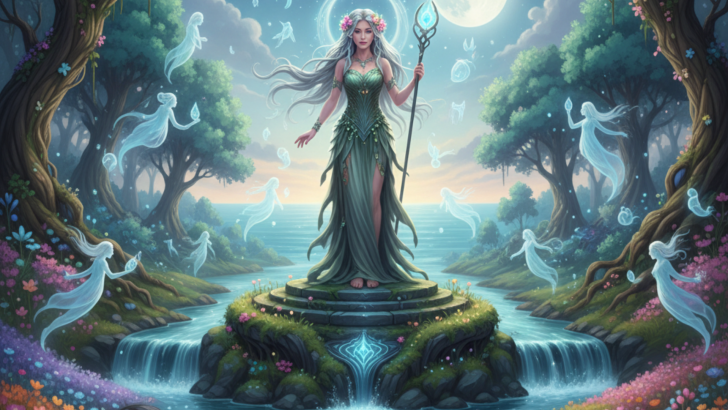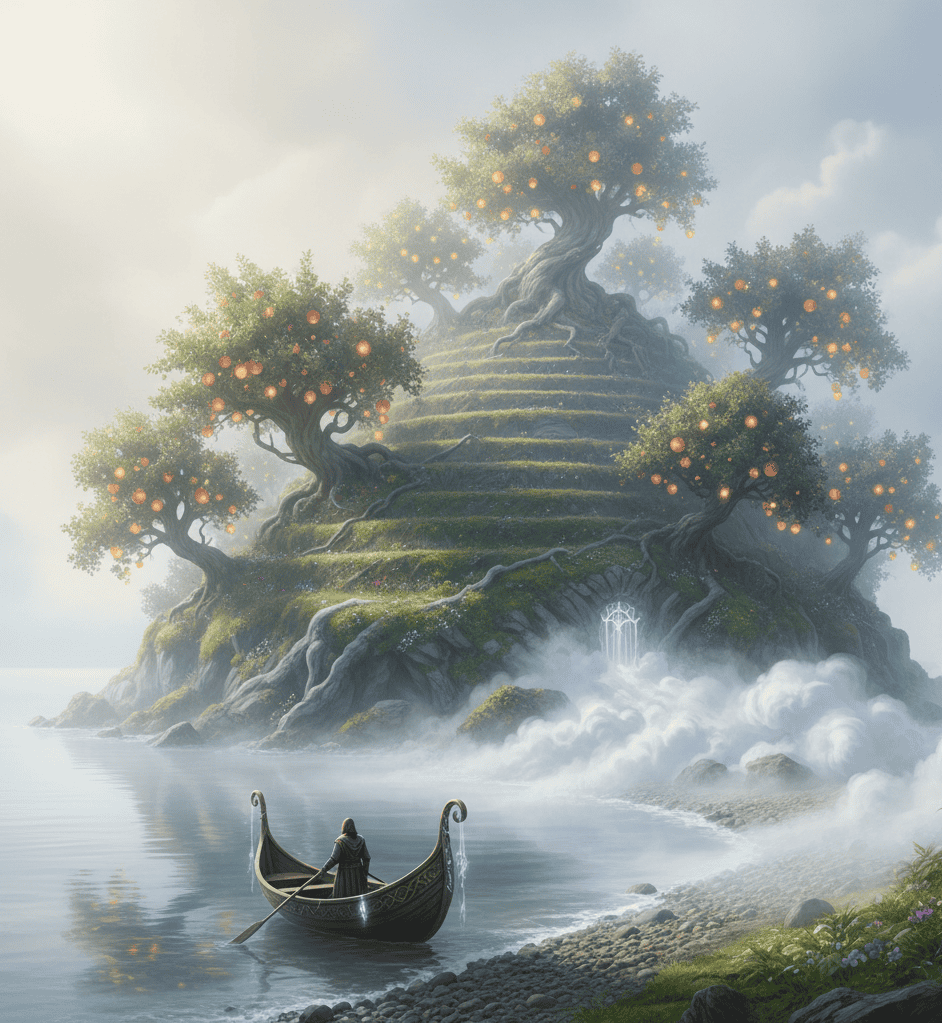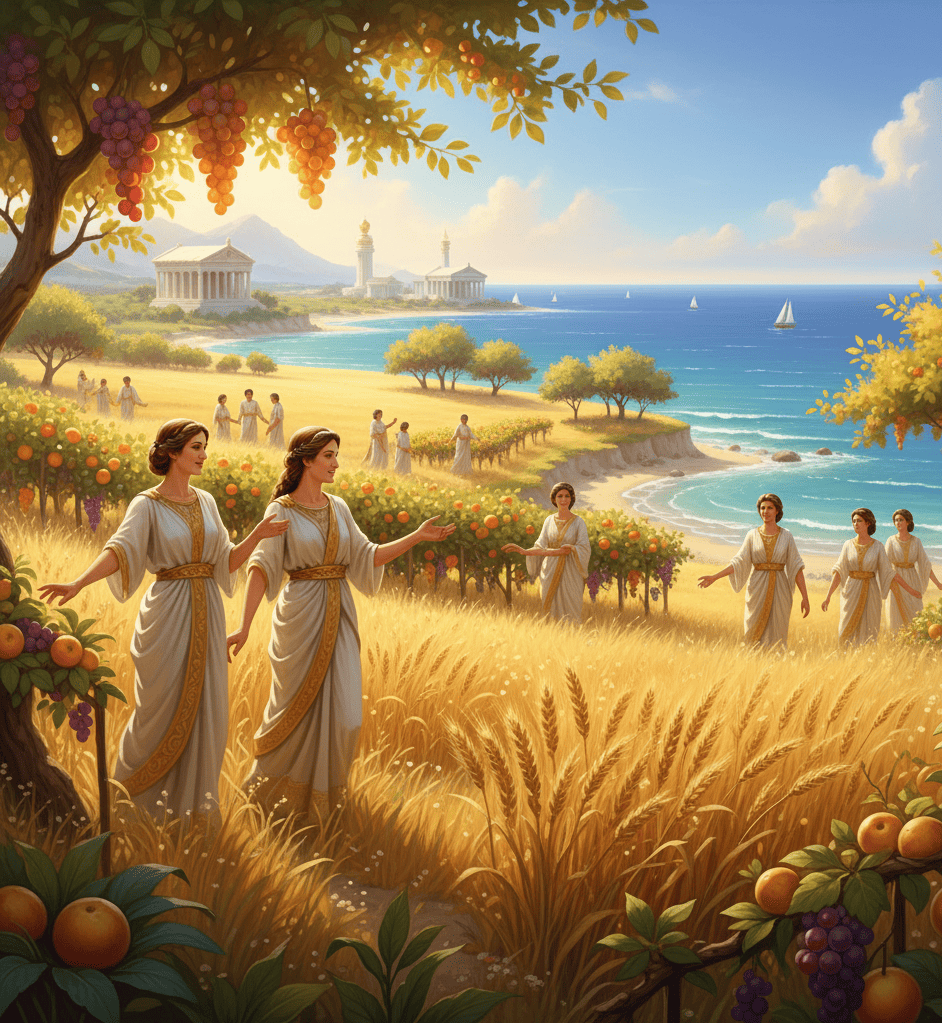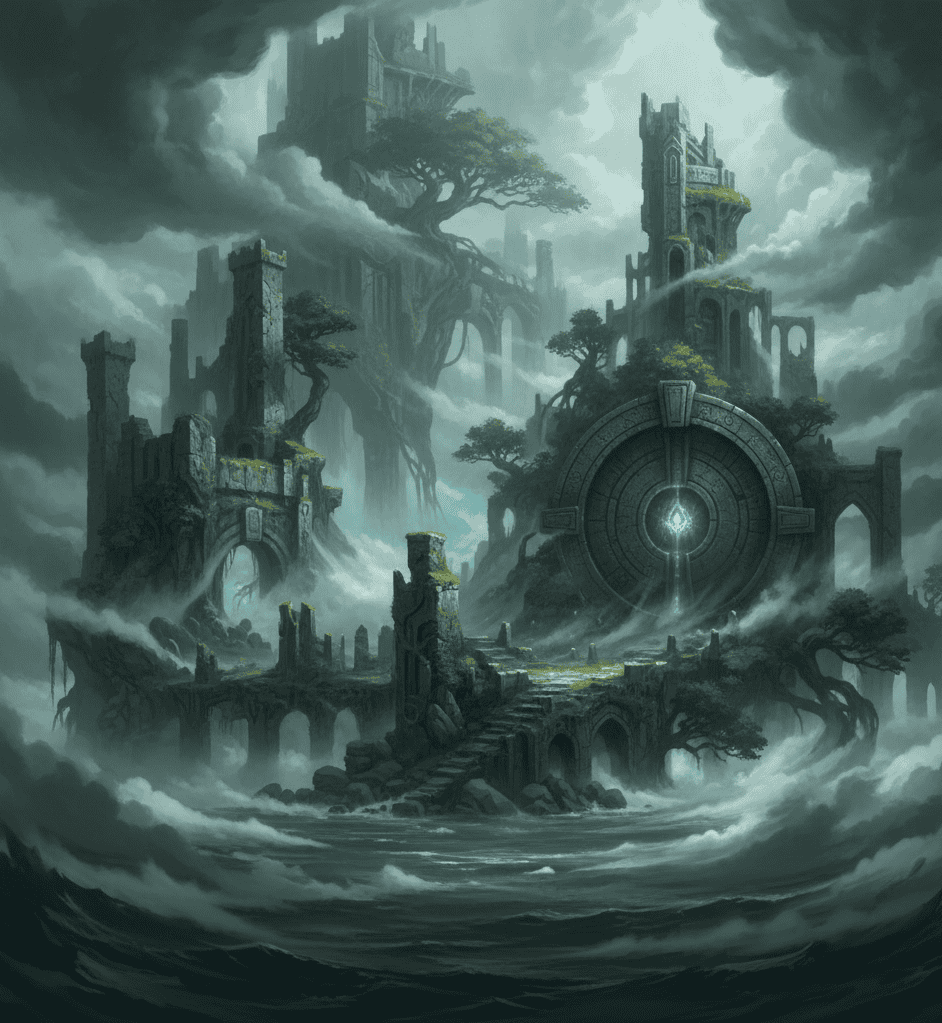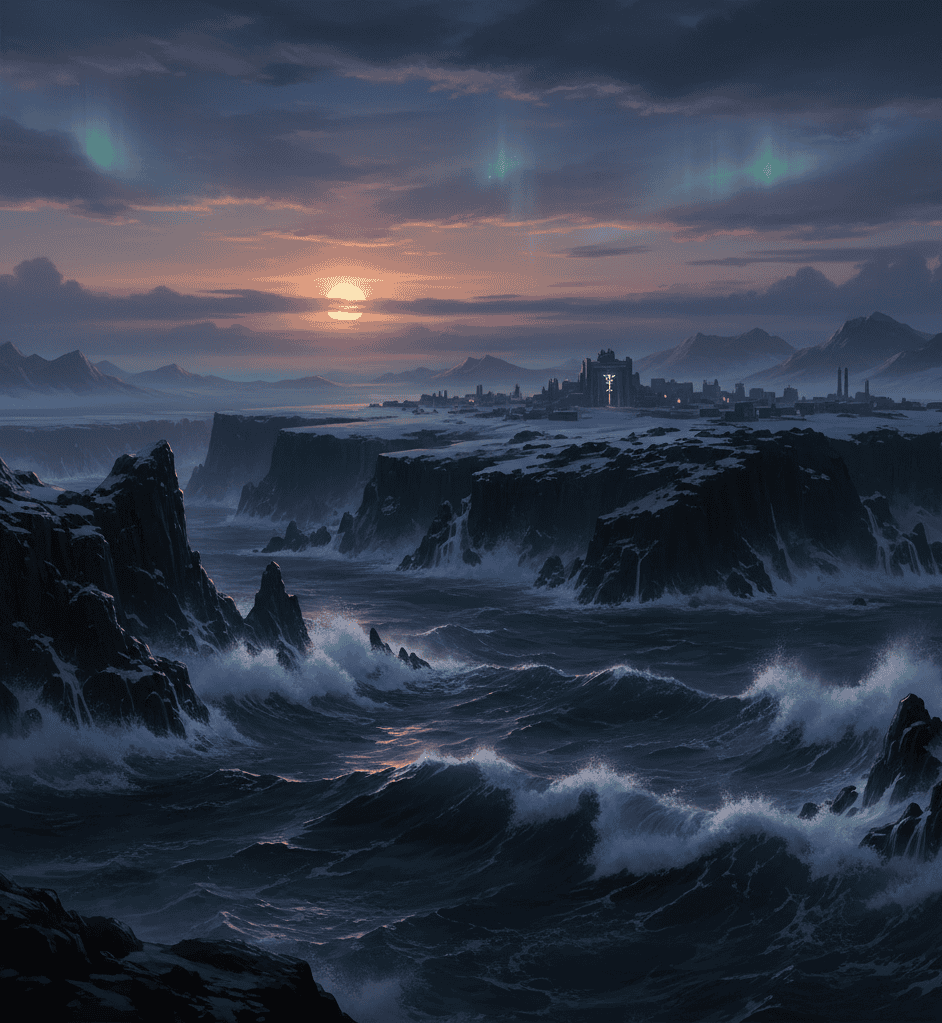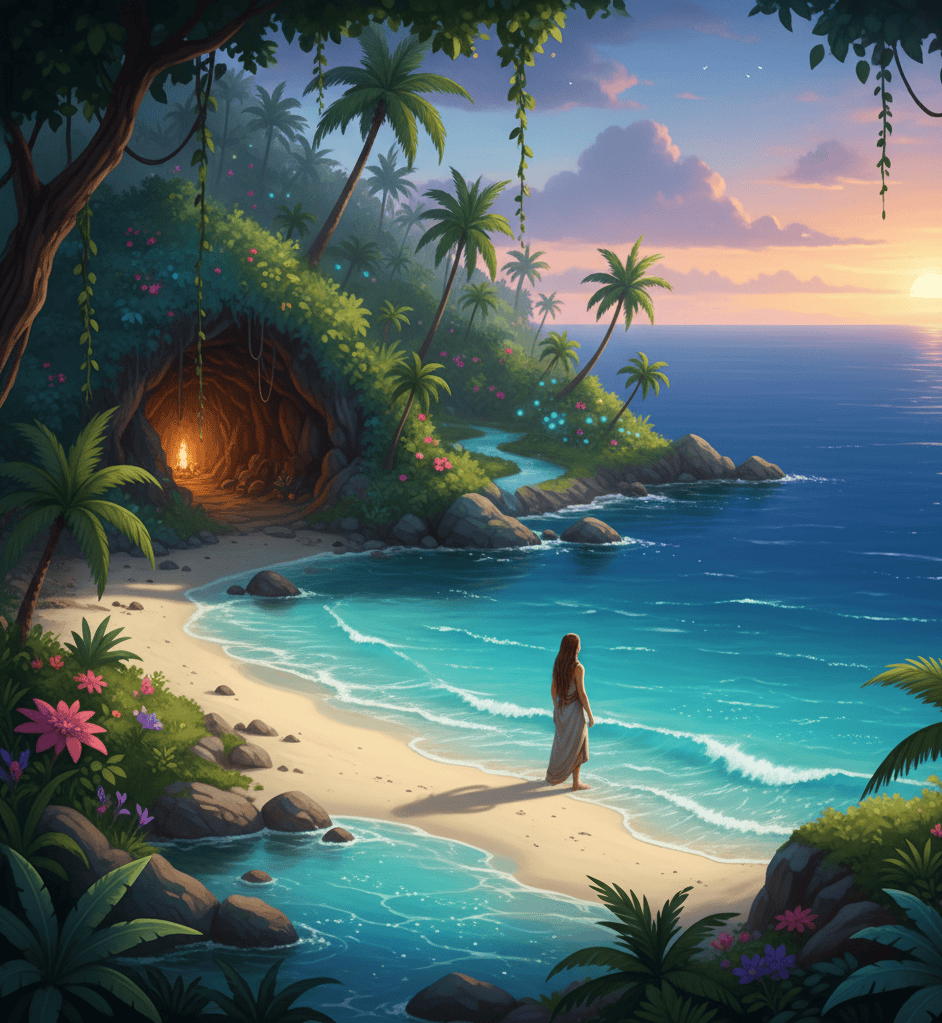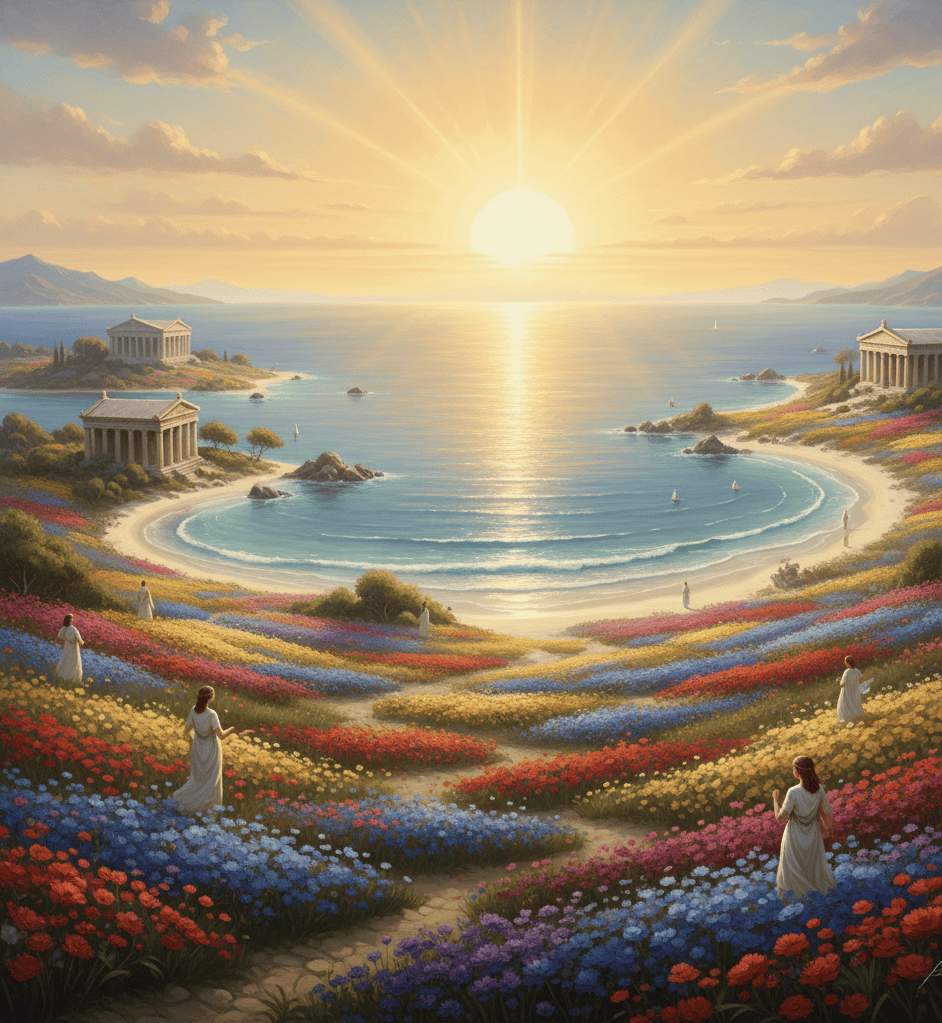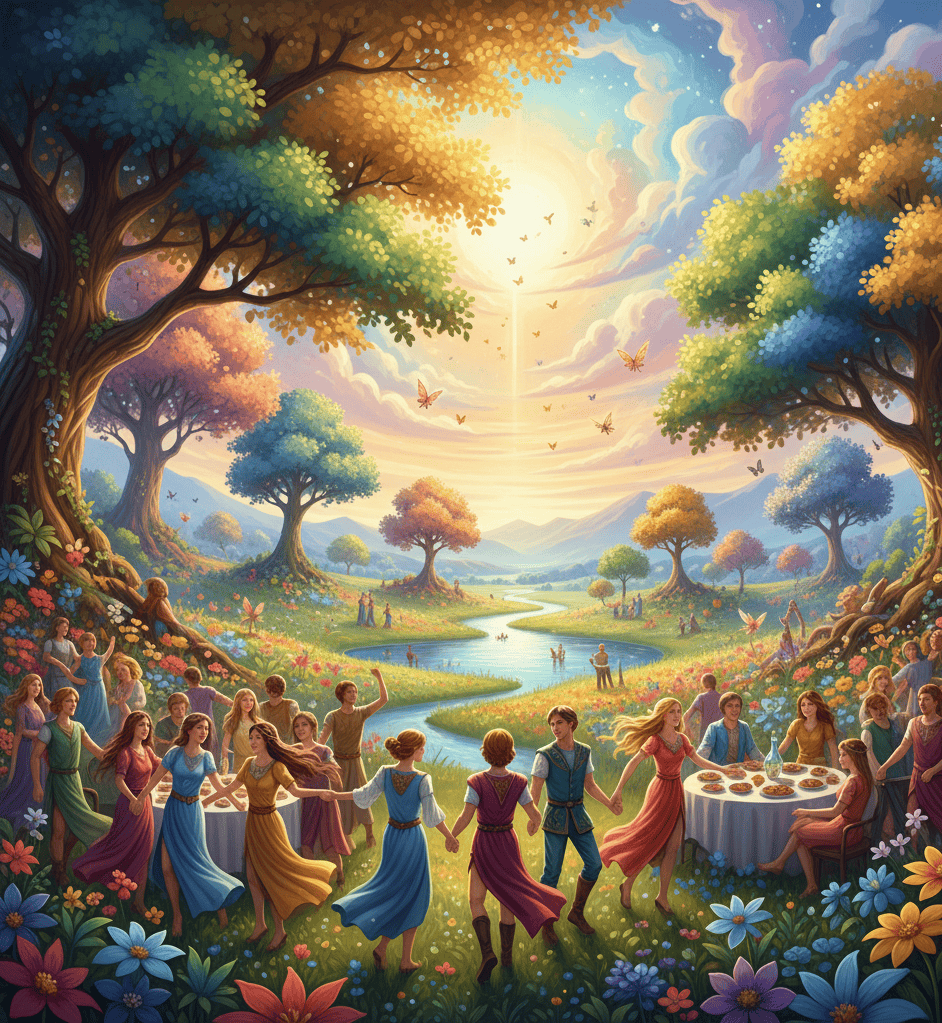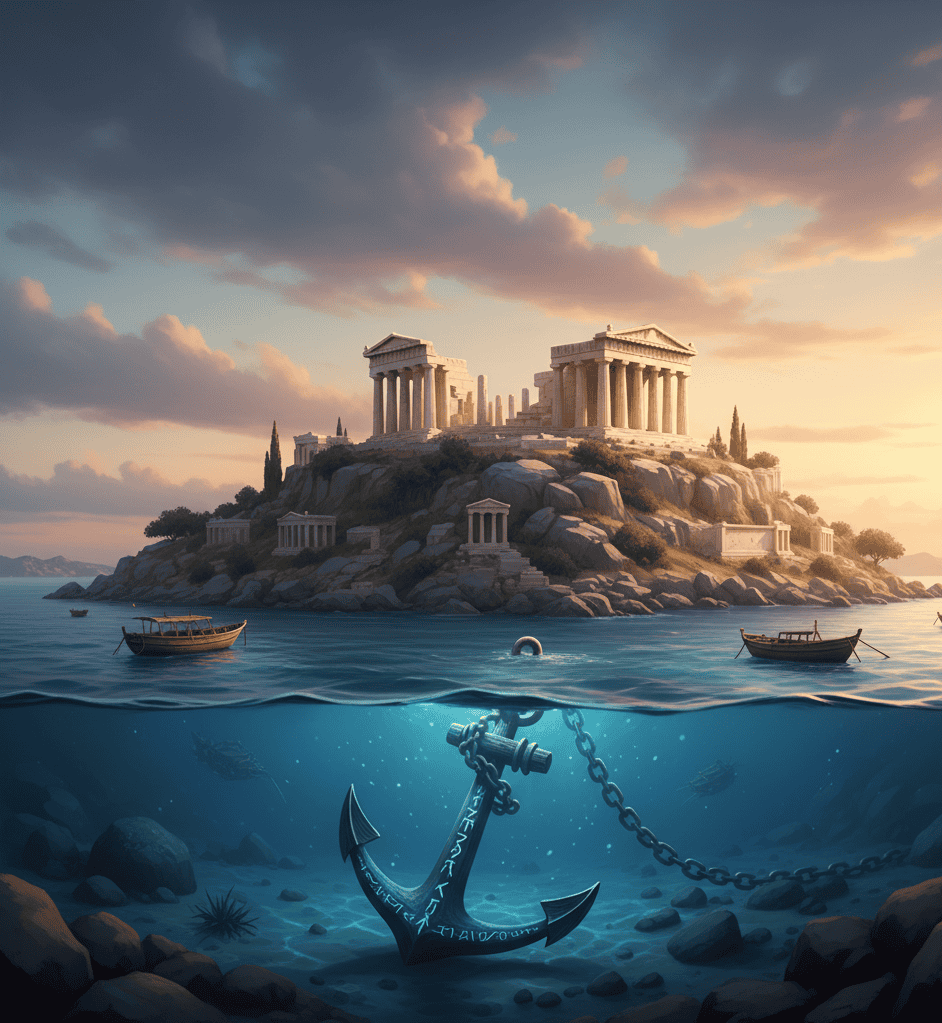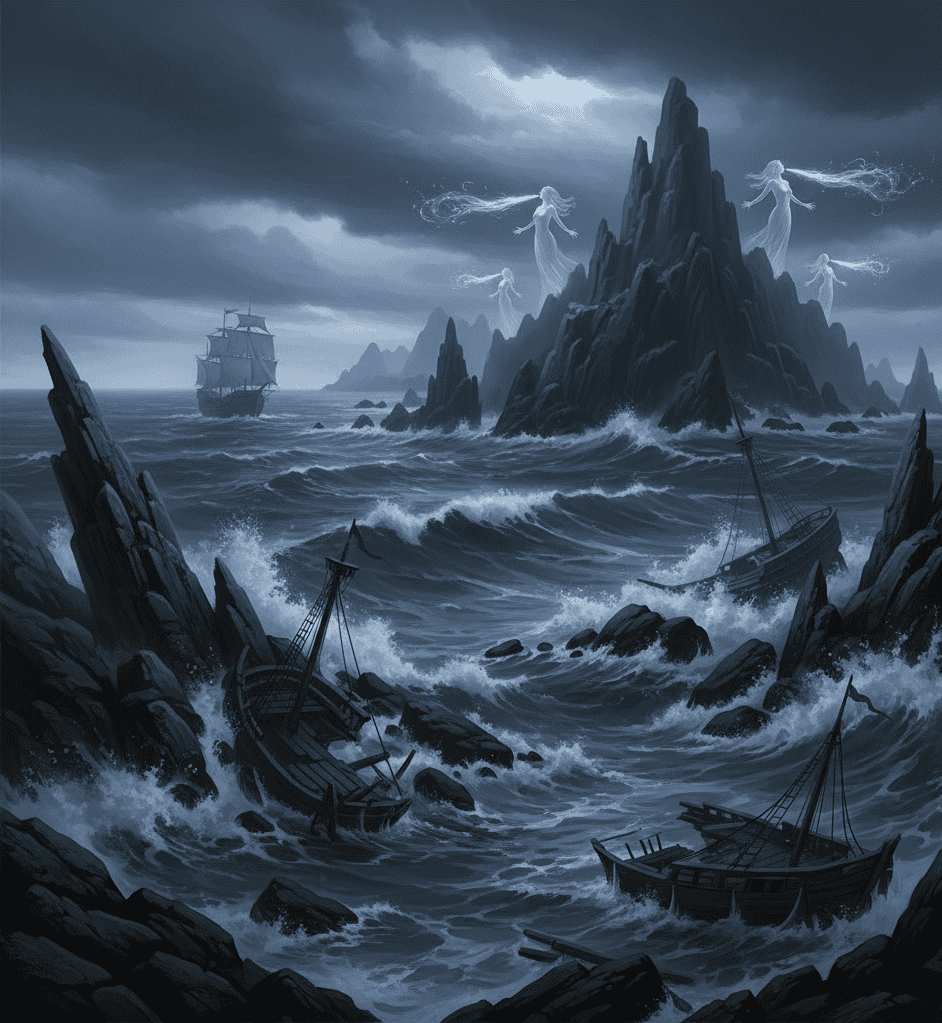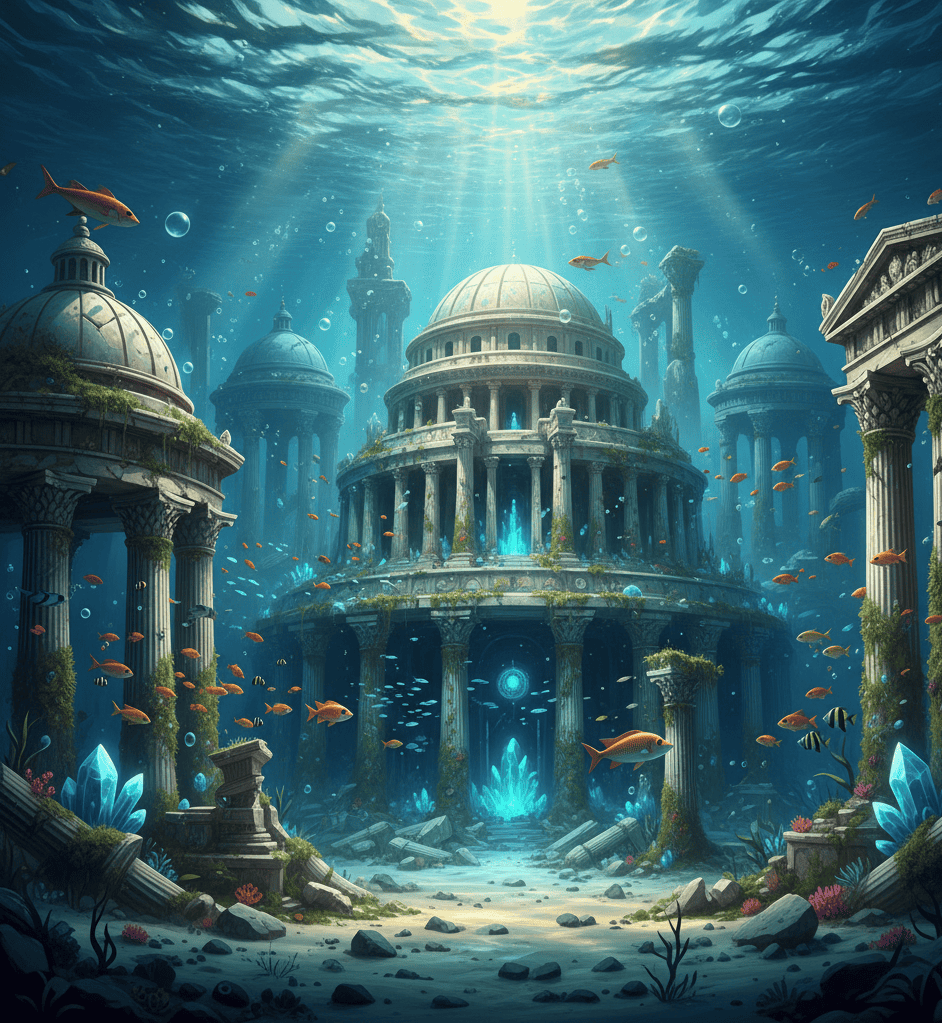When people in the ancient world looked across the sea, they often imagined islands hidden by mists or lying beyond the edge of maps.
These were not ordinary places. They were said to be homes of spirits, gods, and otherworldly beings. Some promised eternal youth.
Others tested mortals who dared to arrive. Many of these mystical islands became central to myths, carrying lessons about life, death, and the mysteries of the universe.
Let’s step onto ten of the most fascinating isles believed to shelter divine powers.
1. Avalon
Avalon is one of the most famous mythical islands, woven into the legends of King Arthur. It was said to be a place of eternal youth, lush orchards, and healing waters.
After the Battle of Camlann, Arthur was carried to Avalon to recover from his wounds, and some stories claim he still rests there, waiting to return when Britain needs him most.
Avalon was not just about rest. It symbolized hope and the dream of a paradise just beyond the horizon.
People believed its misty orchards produced apples that never spoiled, fruits that healed the body, and waters that could soothe even the deepest pain.
For many, Avalon became a symbol of an afterlife that was gentle and green, where the cares of the mortal world no longer mattered.
2. The Island Of The Blessed
In Greek mythology, the Island of the Blessed was the final reward for heroes and the righteous. Those who had lived noble lives were sent to this shining island at the edge of the world.
There, the soil was rich, the air was clear, and the fields bore endless crops without toil.
The island promised peace. No wars, no sickness, no sorrow. The heroes could feast and walk in golden meadows forever.
For mortals who struggled with daily survival, the image of the Island of the Blessed was comforting.
It reminded them that virtue and bravery might lead to a reward beyond life itself.
3. Hy-Brasil
Off the coast of Ireland, sailors spoke of Hy-Brasil, a mysterious isle that could only be seen once every seven years.
It was often hidden by mists, appearing suddenly like a dream. Some described it as a utopia where people lived in harmony with magical animals.
Others believed it was inhabited by wise priests who held ancient knowledge. Maps from the Middle Ages even showed Hy-Brasil, marked as if it were a real place waiting to be found.
For explorers, the island became a symbol of unreachable perfection. The fact that it vanished as quickly as it appeared made it even more mysterious.
Hy-Brasil represented the idea that not every paradise is meant to be captured; some are only glimpsed before they disappear again.
4. Thule
Thule was described by Greek and Roman writers as the northernmost land in the world. To them, it was a frozen island where the sun barely set and the seas were icy and strange.
Thule stood at the edge of the known world, where human maps ended and divine mysteries began.
Some thought it was a gateway to realms beyond mortal reach, a stepping stone between earth and heaven.
Others believed its people lived simple and wise lives, untouched by the greed of the wider world.
Whether real or imagined, Thule became a powerful symbol of remoteness, a land both feared and admired for its connection to the unknown.
5. Ogygia
In Homer’s Odyssey, Ogygia was the island home of the nymph Calypso. When Odysseus was shipwrecked, Calypso welcomed him and kept him there for years.
The island was described as lush, filled with fragrant forests, flowing rivers, and caves that glowed with light.
But Ogygia was not only a paradise. It was also a prison. Odysseus longed to return home, but Calypso’s love and the island’s enchantment kept him captive.
The story of Ogygia shows how even the most beautiful places can become traps if freedom is taken away. It reminds us that paradise means little without choice.
6. Elysian Islands
Closely tied to the Island of the Blessed were the Elysian Islands, also called the Fortunate Isles. Ancient poets described them as resting places for souls who had pleased the gods.
Unlike the dark gloom of Hades, the Elysian Islands were full of light. Gentle breezes blew, fields sparkled with flowers, and the sea shimmered with calm.
The Elysian Islands were often imagined as lying far across the western ocean. To Greeks, the west was the direction of sunset and endings, so it made sense that this paradise lay there.
These islands told people that life might be hard, but a peaceful afterlife awaited those who showed courage and honor.
7. The Island Of Youth (Tír na nÓg)
In Irish mythology, Tír na nÓg, the Land of Youth, was one of the most enchanting otherworldly islands. It was a place where nobody aged, where feasts and music never ended, and where sorrow was unknown.
Heroes who traveled there could live in joy for what seemed like days, only to return and discover centuries had passed in the mortal world.
The story of Tír na nÓg captures the bittersweet beauty of myth. It offered paradise but at a cost. To step onto the island was to leave behind the ordinary world forever.
Its legends still remind us that the longing for youth and happiness often comes with hidden consequences.
8. Delos
Unlike some islands of legend, Delos was a real place, yet it carried such mythic weight that it was considered sacred.
In Greek mythology, Delos was the birthplace of Apollo and Artemis. The island itself was said to have once floated freely until Zeus anchored it in the Aegean Sea for the birth of the twins.
Delos became one of the most holy sites in the Greek world, filled with temples and offerings. People believed the gods themselves had walked its soil.
Though mortals could visit, Delos was seen as more than stone and sand. It was a reminder that islands could be touched by the divine, forever carrying their presence in myth and ritual.
9. Isle Of The Sirens
The Odyssey also tells of another island, much more dangerous. This was the island of the Sirens, whose songs lured sailors to their doom.
Their voices promised knowledge and beauty, but the cost was death on the sharp rocks that surrounded the shore.
For sailors, the island was a symbol of temptation. It taught that not all beauty could be trusted and that wisdom sometimes meant resisting desire.
Odysseus famously plugged the ears of his men with wax and tied himself to the mast so he could hear the song without steering his ship to destruction.
The isle of the Sirens still stands in myth as a warning about the dangers of seductive illusions.
10. Atlantis
Few mythical islands have captured the imagination as much as Atlantis. First mentioned by Plato, Atlantis was described as a powerful island civilization that fell out of favor with the gods because of its pride.
In a single day and night, it was swallowed by the sea. Some saw Atlantis as a warning about the dangers of arrogance and greed.
Others believed it was a real place, a lost golden civilization that might one day be rediscovered.
Its legend has sparked endless searches, theories, and stories. Atlantis remains the ultimate mysterious isle, forever balanced between myth and possibility.

私は生まれたときから、常に神との強いつながりを感じていた。作家として、また指導者として、私の使命は、人々が最も暗い時代に愛と幸福と内なる強さを見つけるのを助けることである。

